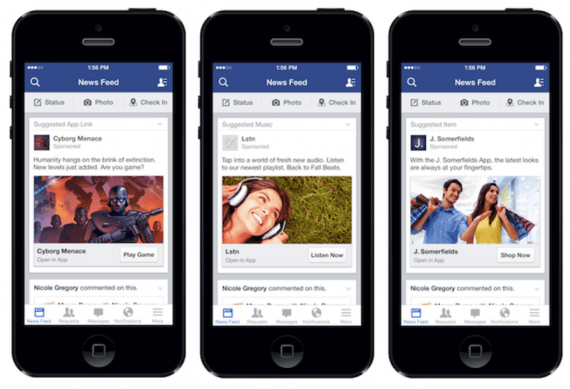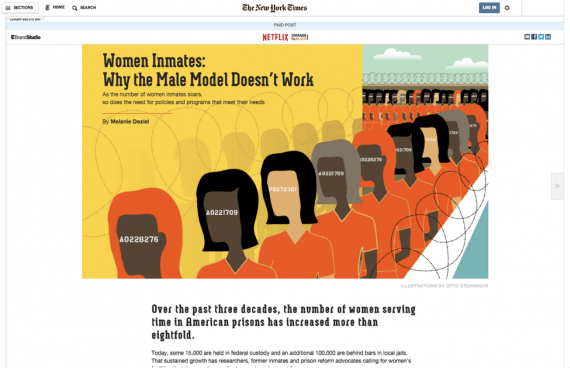Insights
What’s The Buzz Around Native Advertising?
By Kimberly Montoya
What’s the buzz around native advertising?
Native advertising is a term not easily defined—not for lack of trying, but because the definitions are many and sometimes contradictory. According to the IAB, native advertising is a form of paid media where the ad experience follows the natural form and function of the user experience in which it is placed. This definition seems straightforward; however, advertisers are still trying to understand what their options are and how best to utilize this emerging media for their brands.
In order to be effective, native ads must be engaging, contextually relevant and respectful of the user experience. Content must be interesting and blend into the natural environment, without falsely trying to represent itself as editorial content. Disclosure usually involves noting that the content is “sponsored” or “recommended,” which you’ve probably seen in the form of a promoted tweet, a sponsored pin, or a handful of recommended articles to read at the end of a story.
Native ads can also be seen in the middle of a list of linked articles, or in your Facebook News Feed. These are defined as in-feed native units. Additional articles recommended at the end of an article are commonly inserted by what is known as recommendation widgets. Both of these native types are pushed out to publishers through native ad serving networks. Currently, recommendation widgets are the most affordable option of the two. In-feed placements still have high minimum spends, which keep smaller advertisers out of the game for now.

The most popular form of native advertising is customized by the publisher itself. The brand works closely with the publisher to create a unique native experience that incorporates both brand messaging and publisher interest. This form of native advertising is the most expensive due to its customized aspect. One of the most popular examples of this to date is the paid post created by Netflix and The New York Times Brand Studio to promote “Orange is the New Black.” It was an elegant marriage between brand and interactive content, but also a bit disconcerting that The New York Times was the publisher who created it.

Top tier publishers have long been apprehensive about the emergence of native ad units due to the threat that they may compromise journalistic integrity. Publishers fear that embracing promoted content as a form of ad revenue will fester distrust amongst their readers. Journalists themselves are fearful that by choosing to write a native ad article they may be putting their reputations at stake. As a result, some journalists have created alter egos to write under when it comes to branded content.
The New York Times created its Brand Studio to clearly distinguish between editorial and branded content. Some publishers have created further distinctions in their social channels, being careful to either clearly state that an article is branded or by only promoting branded content on specific social channels independent of the publisher’s main social channel. The New York Times, for instance, did not promote the Netflix paid post on its @nytimes Twitter feed but only on its Brand Studio handle, @TBrandStudio.
When determining if native is a fit for your brand, the first thing to consider is the quality of your content. What is your brand voice? What content do you have (or can you create) that helps communicate your brand story in a creative and engaging manner? Native is really about high quality content at its core, so it’s extremely important that the content you share is engaging and shareable.
As the native environment continues to develop, both brands and publishers must learn how to navigate the nuances of branded content. Content must be engaging and relevant, not only to communicate a brand effectively, but also to help ease publisher concerns regarding content quality. Branded content provides an opportunity to impact brand perception by combining the best of both worlds: the brand’s own voice and the publisher’s platform. Native advertising is the unique vehicle that can make that happen.
Sign Up for Growth Insights
"*" indicates required fields
Contact
"*" indicates required fields